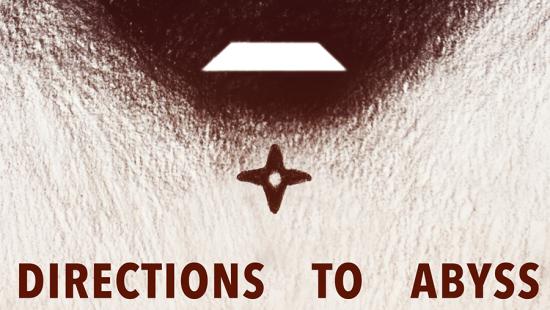Il Hwan Kim: Almost Useful Tools

image / provided
Exhibition Description
Architectural pedagogy and practice often celebrate the complex, contradictory, and inefficient nature of the creative process. Conversely, in construction, precision and efficiency are perceived as essential to drive means and methods of effective project delivery. Almost Useful Tools reimagines the usefulness of construction methods and tools by asking: what can be gained if construction tools are less useful but generative collaborators?
With the growing division of roles of designers and builders, architects have lost sight of the design opportunities inherent to the making process. Architectural construction and craftsmanship involve more than simply translating geometric designs into an effective, quantifiable process that aims to achieve an exact materialized replication of architectural drawings. It is a creative and collaborative process that requires active engagement and coordination among bumpy construction sites, uncertain materials, and unquantifiable builders' skills. A series of "almost useful tools" are examples of making architecture through designing construction tools, not the form of the building.
3D Pourinter
The myth of 3D printing technology often suggests a seamless translation from digital 3D models to physical objects. However, 3D printing encompasses various fabrication techniques, each with distinct advantages and limitations. For instance, the layered material extrusion method, prevalent in 3D-printed concrete, involves the extrusion of slurry material layer by layer. This process achieves precision and automation through large gantry machines or robots. In contrast, the 3D Pourinter operates on a similar construction principle as 3D concrete printing without the precision of machinery. In this manual tool, every stage of the 3D printing process — pouring, extrusion, and layering of material — is executed by human hands with the assistance of the portable tool.
Earth Slingshot
Mudslinging, a technique that involves throwing mud over a mesh framework to fortify a mud wall, stands as a prevailing method in earth construction. The slingshot mechanism used in this tool provides a stable aiming platform and adjustable power for mud deposition. It makes it easy to throw mud over varying distances and heights without needing to repeatedly climb scaffolding or squat. The Earth Slingshot tool was developed in response to the question: why hasn't a mudslinging equivalent of a nail gun been developed?
Inflatable Concrete Formwork
In concrete construction, formwork consumes a significant portion of resources, often exceeding fifty percent of the entire construction budget. Conventionally, achieving a straight concrete column necessitates over-structured formwork capable of bearing the weight of the concrete without deformation. What if formwork could dynamically appear and vanish, providing temporary support to concrete through controlled air pressure, only to deflate once the material has cured? This concept explores the use of inflatable fabric as formwork, enabling the patterns and shapes to be programmed into the fabric through adjustments in air pressure.
Biography
Design Teaching Fellow Il Hwan Kim (Kim) is a founding member of the art and architecture practice Ø-Lingual Studio. He is committed to bridging the gap between design and construction by exploring alternative design approaches, representation, and fabrication methods. His main areas of focus include material-based design and making. He previously worked at the Self-Assembly Lab at MIT, Link Arkitektur in Oslo, Kjellander Sjöberg Arkitektkontor in Stockholm, and BIG in NYC. His work has been awarded the MIT Master of Science in Architecture Studies Thesis Prize, the Roberta Feldman Architecture for Social Justice Award, the AIA Small Project Award, and the AIA Chicago Award in Architecture.





